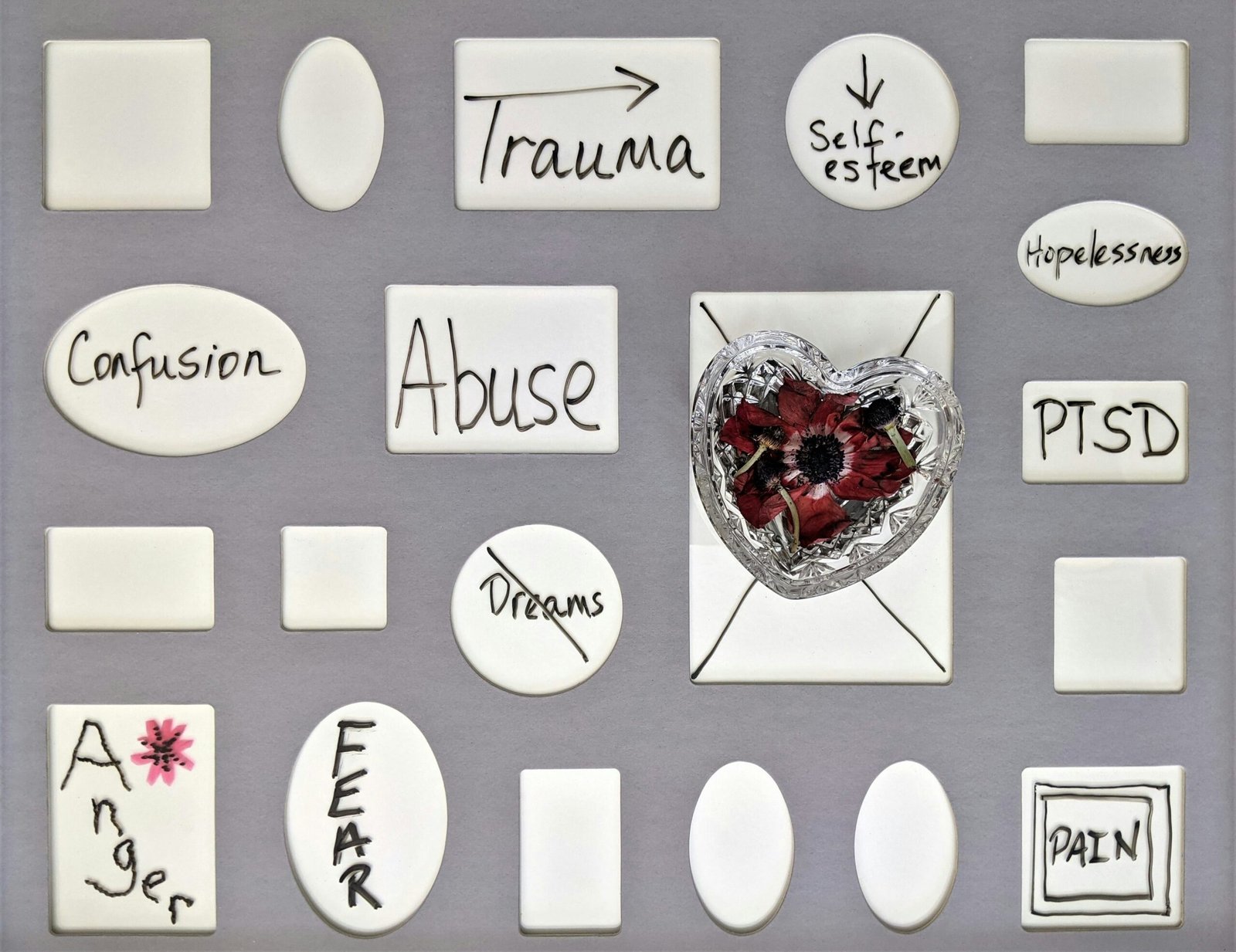Tips for Getting to Sleep When You Have PTSD
Introduction
Living with post-traumatic stress disorder (PTSD) can be challenging, and one of the most common difficulties experienced by individuals with PTSD is getting a good night’s sleep. The symptoms of PTSD, such as nightmares, intrusive thoughts, and hyperarousal, can make it hard to relax and fall asleep. However, there are strategies that can help individuals with PTSD improve their sleep quality. In this article, we will explore some tips for getting to sleep when you have PTSD.
1. Establish a Bedtime Routine
Creating a consistent bedtime routine can signal to your body that it is time to wind down and prepare for sleep. Engage in relaxing activities before bed, such as reading a book, taking a warm bath, or practicing deep breathing exercises. Avoid stimulating activities or screens, such as watching TV or using electronic devices, as they can interfere with your ability to fall asleep.
2. Create a Calm and Comfortable Sleep Environment
Your sleep environment plays a crucial role in promoting quality sleep. Make sure your bedroom is dark, quiet, and at a comfortable temperature. Consider using blackout curtains, earplugs, or a white noise machine to block out any distractions. Investing in a comfortable mattress, pillows, and bedding can also contribute to a more restful sleep.
3. Limit Stimulants and Alcohol
Stimulants such as caffeine and nicotine can interfere with your ability to fall asleep and stay asleep. Avoid consuming these substances, especially in the evening. While alcohol may initially make you feel drowsy, it can disrupt your sleep later in the night. It is best to limit or avoid alcohol intake close to bedtime.
4. Practice Relaxation Techniques
Relaxation techniques can help calm your mind and body, making it easier to fall asleep. Deep breathing exercises, progressive muscle relaxation, and guided imagery are some techniques that can promote relaxation and reduce anxiety. Consider incorporating these practices into your bedtime routine to help prepare your body for sleep.
5. Engage in Regular Physical Activity
Regular exercise has been shown to improve sleep quality and reduce symptoms of anxiety and depression. Engaging in physical activity during the day can help regulate your sleep-wake cycle and promote a more restful sleep at night. However, it is important to avoid exercising too close to bedtime, as it can increase alertness and make it harder to fall asleep.
6. Seek Professional Help
If you are struggling with sleep difficulties due to PTSD, it is essential to reach out to a healthcare professional for guidance and support. They can provide you with personalized strategies and treatment options tailored to your specific needs. Therapy, such as cognitive-behavioral therapy for insomnia (CBT-I), has been found to be effective in improving sleep quality for individuals with PTSD.
7. Establish a Relaxing Bedtime Routine
Creating a relaxing bedtime routine can help signal to your body that it is time to wind down and prepare for sleep. Engage in activities that promote relaxation, such as reading a book, listening to calming music, or practicing mindfulness. Avoid stimulating activities, such as watching TV or using electronic devices, as they can interfere with your ability to fall asleep.
8. Practice Mindfulness and Meditation
Mindfulness and meditation techniques can help calm your mind and reduce anxiety, making it easier to fall asleep. Consider incorporating mindfulness exercises or guided meditation into your bedtime routine. Apps and online resources can provide guided meditation sessions specifically designed for sleep.
Conclusion
Getting enough sleep is crucial for overall well-being, especially when living with PTSD. By implementing these tips and strategies, you can improve your sleep quality and promote better mental and physical health. Remember, it may take time to find the techniques that work best for you, so be patient and persistent in your efforts to establish healthy sleep habits.
